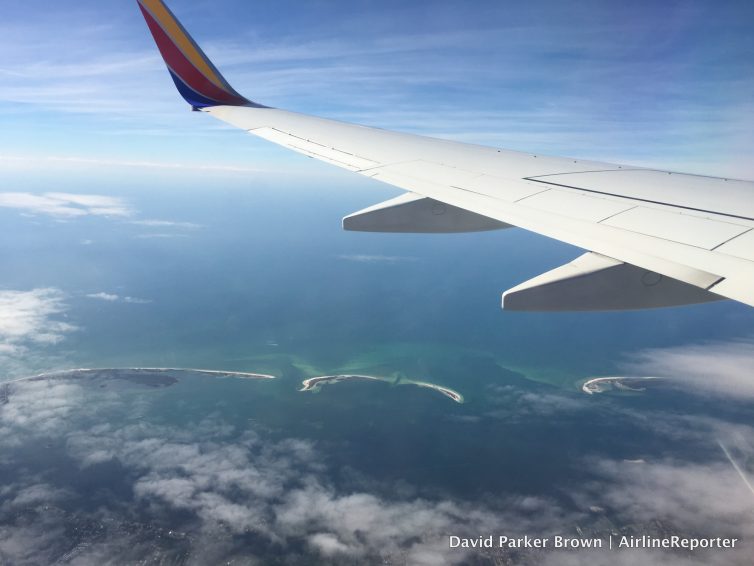
Flying out of Tampa… a nice view in November!
For Thanksgiving I flew from Seattle-Tacoma (SEA) to Tampa (TPA) to visit my dad. Since he was letting me use some of his Southwest Airlines miles (thanks dad!) I ended up flying them to visit. Although I am a big fan of the company and people of Southwest, when it comes to flying them they aren’t my first choice. The big reason is that there aren’t many places they fly to non-stop from Seattle (also no seat assignments, no power plugs, and no buy-on-board food). With my trip to Tampa I was lucky to only have only one stop – at Chicago’s Midway (MDW) – both times. I say lucky since I have had to do that trip multiples times with two stops, which is not fun at all.
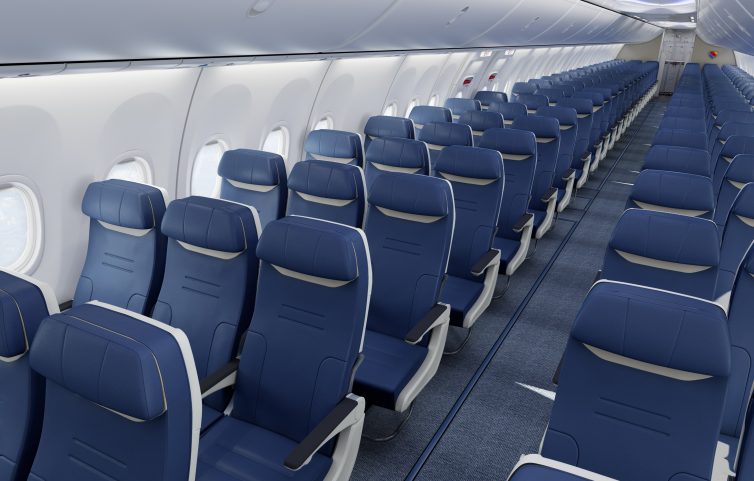
File photo of the new interior – Photo: Southwest
Since this was a personal trip, I had no plan to do a story, but the last leg did me in. My final flight from MDW to SEA was on a Boeing 737-800. I was excited because this would be my first Southwest 737-800 flight — it also had the new Meridian seats from B/E Aerospace. However, I wasn’t quite sure if that was a bonus or a downfall. I have read (even here on AR) about the seats and have heard mostly bad things. But after four hours flying back home, I have come to a few conclusions.
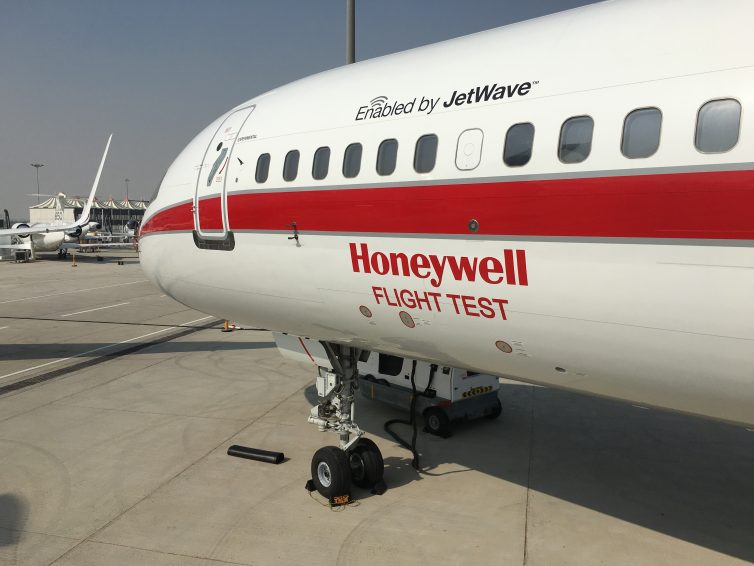
The star of the MEBAA static display, Honeywell’s flying testbed Boeing 757 N757HW – Photo: Jacob Pfleger | AirlineReporter
As part of this years Middle East Business Aviation Association (MEBAA) show at Dubai-Al Maktoum Airport (DWC), there were over 45 aircraft on static display. Of course, there were countless VIP Boeing and Airbus jets there, however for me the highlight was the Honeywell Boeing 757-200 flying testbed. The aircraft has a rather interesting history; it started out life with Eastern Airlines in 1983 before operating for a British leisure airline from 1995-2002, before finally coming to Honeywell in 2005 after a few years in storage. As of 2008, the aircraft has completed over 400 test flights and some 1,700 flight hours in over 15 countries. That’s impressive.
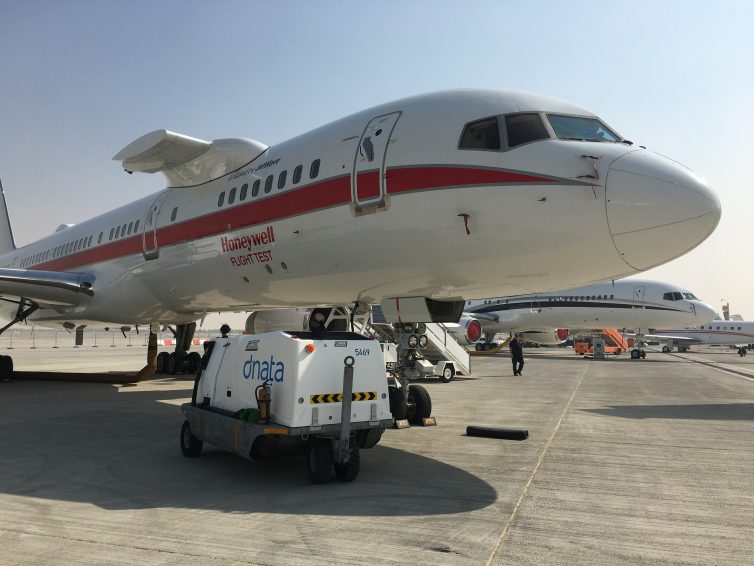
This is no ordinary 757 – Photo: Jacob Pfleger | AirlineReporter
The most distinguishing feature of the aircraft is the engine mount on the forward right-hand section of the fuselage. The mount is primarily used for in-flight testing of new engines — mainly for the corporate jet market. The most notable engines that were tested and certified on the aircraft include the HTF7000 and TFE731 engines, which power the Learjet aircraft series.
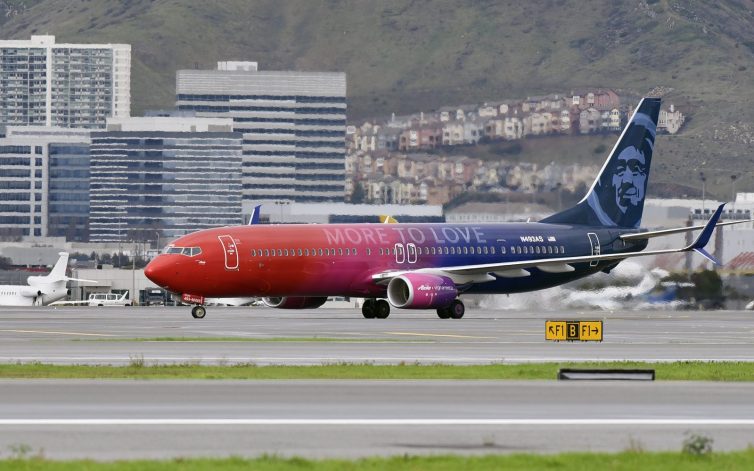
The special More to Love livery at SFO – Photo: Alaska Airlines
We are a go! The merger between Alaska Airlines and Virgin America is official. To help celebrate, and welcome new members to the family, Alaska created a special “More to Love” livery on one of their Boeing 737-900ERs. What better way to bring two airlines together?
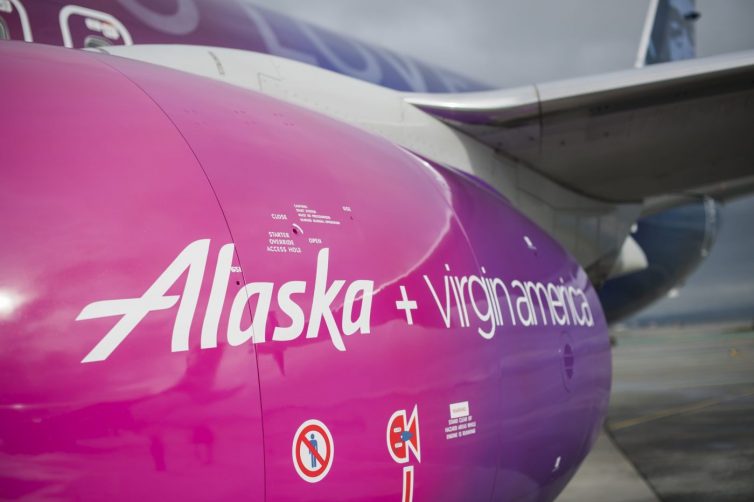
The painted engine on the special liveried 737 – Photo: Alaska Airlines
It is not a big surprise that the merger finalized, but the journey wasn’t exactly easy. Although many questions still remain, when things are said and done, the new combined airline will have about 1,200 daily departures to 118 destinations, with hubs in Seattle, San Francisco, Los Angeles, Anchorage, Alaska, and Portland, Oregon. They will also have a fleet of about 286 aircraft — the future of the Airbus fleet has not yet been finalized.
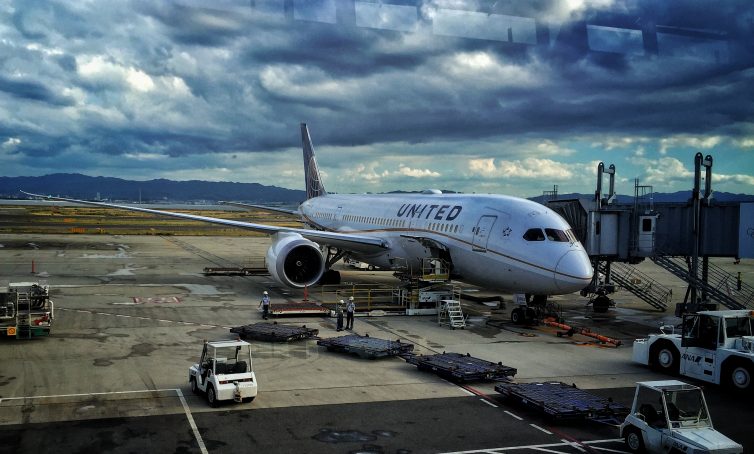
Looking great, even under a stormy sky ’“ Photo: Manu Venkat | AirlineReporter
Everyone remembers their first time. Their first time getting upgraded on an international flight, that is. For some people, it’s a splurge with miles. For others, it’s the result of hard-won top-tier airline status. Or a cash upgrade offer at check-in that is too good to be true. But no matter how it happens, your first time flying in first or business class is the highlight of any AvGeek’s flying career.
Earlier this year, I had the pleasure of my first long-haul upgrade ’“ in a shiny new Dreamliner, no less. And yes, it was everything I wanted it to be and more. But the circumstances were a little unusual, because my upgrade wasn’t thanks to miles, or cash. I was upgraded because of a typhoon in the western Pacific.
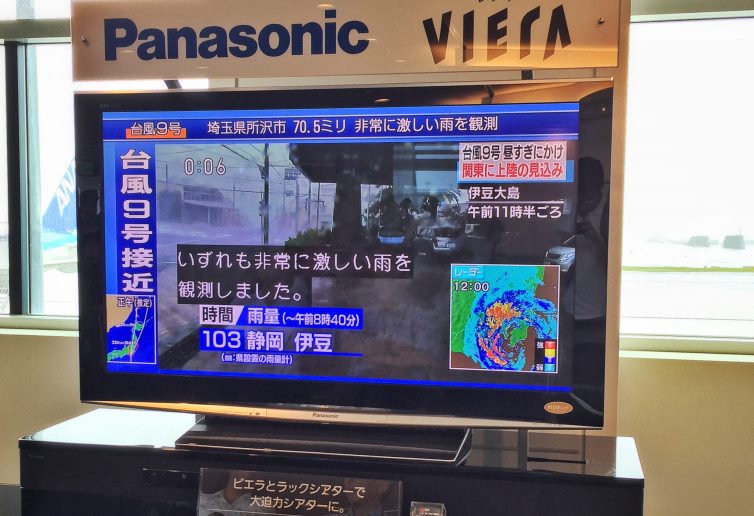
This is NOT the ideal weather forecast for flying ’“ Photo: Manu Venkat | AirlineReporter
Wait … what? Well read on for the backstory, plus plenty of photos and thoughts about my experience in United’s BusinessFirst 787 cabin. And once you’re done reading, share your own stories about your first times getting bumped up.
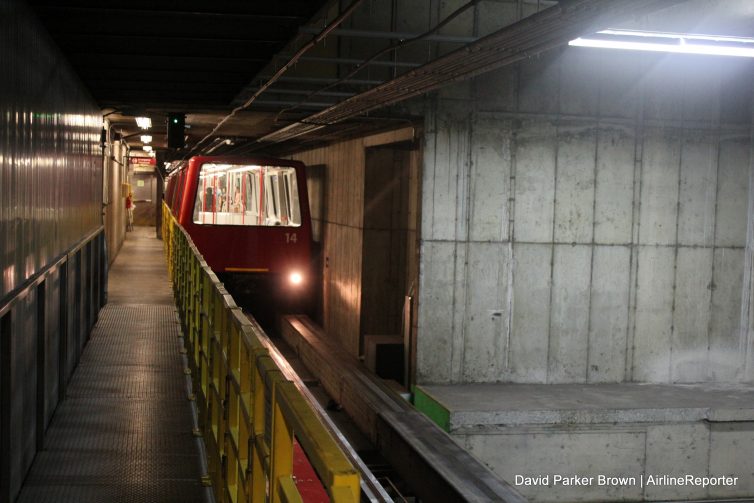
Below ground, one of the trains arrives at SEA
The Seattle-Tacoma International Airport (SEA) has been my home airport most of my life. I have seen the many changes over the years and I am proud to call it mine. Growing up, I lived in Oak Harbor, WA (about 90min northwest of Seattle) and I would often fly by myself from there to Reno, NV (where my dad lived). After I was 12, I didn’t need to be escorted and I would usually have a few hours of layover from my tiny home airport (ODW) to SEA. To burn time, I would often ride one of the satellite trains to the remote terminals and watch the airplanes come and go. Being a kid, sometimes I would just ride the train a few laps for fun.
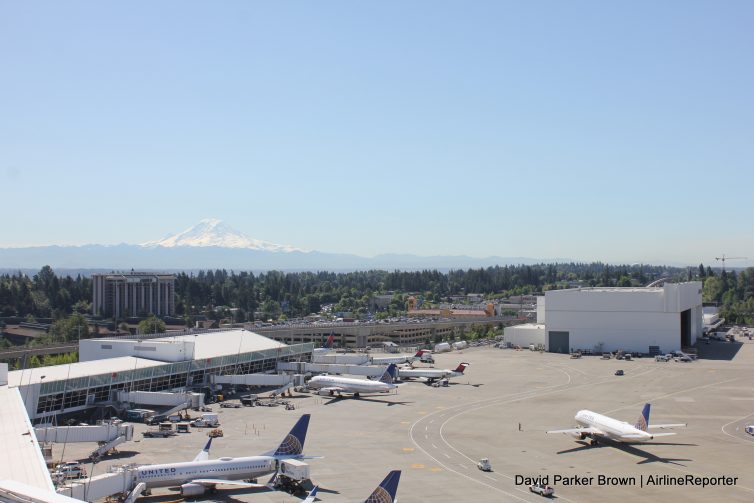
Above ground, Mount Rainier in the background at SEA
Throughout the years, I always wondered how they worked. I knew there wasn’t a person controlling them, but how were they programmed? How many cars were there? How did they get fixed? And how fast can they go? Luckily adult-me was in a position to find those answers, so I reached out to SEA to get a behind-the-scenes tour of their train operations. Once again, the adult-me was making the child-me jealous.









